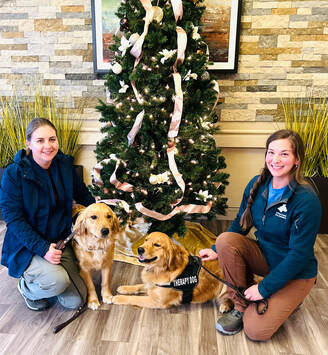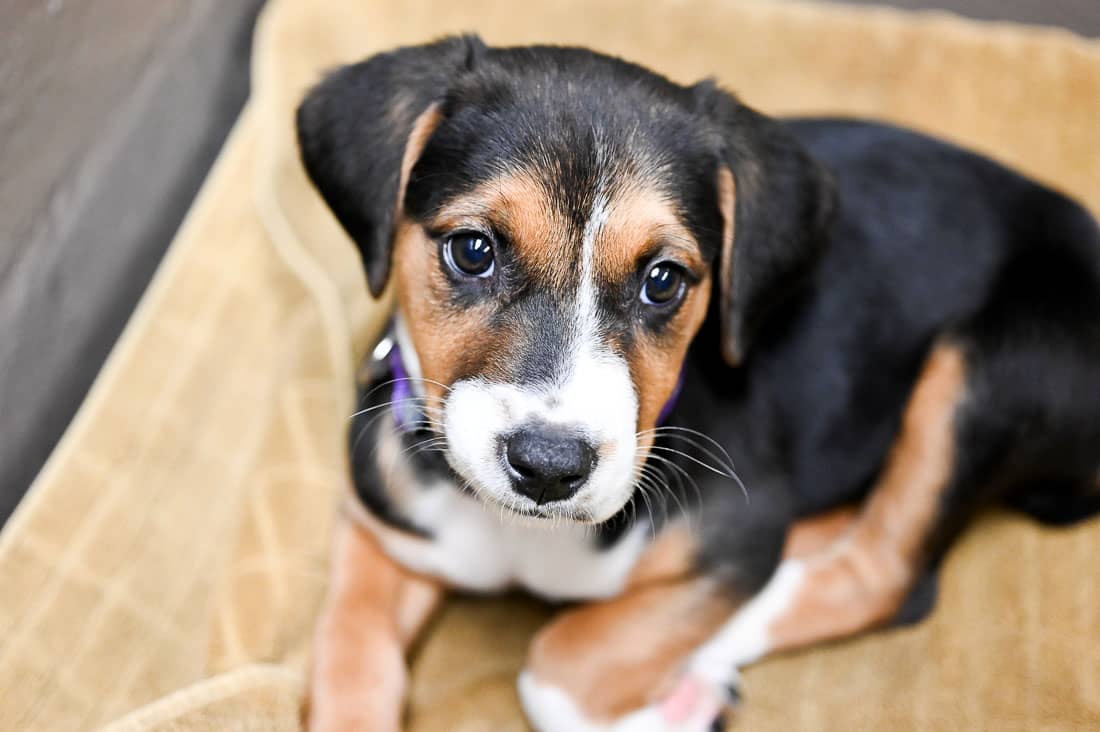Recognizing Canine Body Movement During Dog Training
Recognizing Canine Body Movement During Dog Training
Blog Article
Essential Tips for Successful Dog Training: An Overview for Pet Dog Owners
Reliable pet dog training is a diverse process that needs a critical technique tailored to both the pet's temperament and the proprietor's objectives. Recognizing exactly how to browse these obstacles can dramatically improve the training experience, inevitably changing the relationship in between proprietor and pet dog.
Recognizing Canine Behavior
Understanding pet dog behavior is important for efficient training and cultivating a harmonious connection in between canines and their owners. Pets interact mostly with body language, articulations, and activities, making it important for proprietors to analyze these signals accurately. Recognizing a pet dog's pose, tail setting, and ear positioning can offer insights right into its emotion. A wagging tail does not constantly suggest joy; it can additionally signal enjoyment or anxiety.

Socializing plays a substantial role in pet behavior; direct exposure to various settings, people, and various other pets can substantially impact a canine's temperament. Furthermore, variables such as breed features and private temperament must assist training techniques, as some types may have particular behavior characteristics that necessitate customized strategies. By recognizing these components, owners can produce a supportive setting that motivates favorable habits, causing successful training outcomes and a much deeper bond with their pets.
Establishing Consistent Commands
Efficient interaction with your pet dog begins with establishing regular commands. This fundamental element of training is critical for fostering understanding in between you and your pet. Consistency in the commands you utilize ensures that your pet dog can reliably link particular words or expressions with the preferred habits.
When selecting commands, pick clear, distinctive words that are simple to distinguish and state from one an additional. Avoid making use of similar-sounding commands that might perplex your canine. Using "sit" and "stay" is suitable, but "sit" and "struck" could lead to misunderstandings.
Additionally, preserve the same tone and volume for each command. Pets are delicate to vocal hints, so varying your tone can create complication.
It is equally essential to make sure that all relative are on the same page regarding the commands made use of. A united front in command use will certainly stop blended signals and reinforce the discovering procedure.
Positive Reinforcement Techniques
The power of favorable support in dog training exists in its ability to motivate desired actions with benefits and praise. This technique is based in the concept that behaviors followed by positive results are more probable to be duplicated. By incorporating positive reinforcement into your training program, you can successfully form your pet dog's habits in a positive way.
To execute favorable reinforcement, it's crucial to identify what encourages your dog, whether it be treats, toys, or verbal appreciation. When your canine performs a desired activity, such as resting on command, instantly reward them with a treat or love. This organization between the command and the positive end result strengthens their understanding.
It's critical to timing the benefits correctly; providing the support within secs of the desired habits aids your pet dog make the connection (dog training). Additionally, consistency is essential-- guarantee that all relative make use of the very same commands and reward systems to avoid complication

Progressively, you can reduce the regularity of deals with as your pet learns the habits, transitioning to praise or periodic incentives. This method not only promotes a strong bond between you and your pet dog however also promotes a positive learning atmosphere, making educating a pleasurable experience for both.
Socialization and Communication
Constantly revealing your pet dog to a variety of settings, individuals, and various other pets is crucial for their social growth. Socialization must begin early, preferably throughout the essential window of 3 to 14 weeks, when young puppies are most responsive to brand-new experiences. Nevertheless, older dogs can additionally profit from ongoing socializing initiatives.
Introduce your canine to different settings, such as parks, pet-friendly shops, and city locations. This exposure aids them adjust to various stimuli, minimizing pop over to these guys stress and anxiety and anxiety feedbacks. Motivate favorable communications with various other dogs and individuals, making sure that these encounters are safe and controlled to foster confidence.
Make use of organized playdates with genteel pet dogs, as this can boost your pet dog's social skills and teach them suitable actions. Obedience classes and training sessions additionally offer outstanding possibilities for socialization, enabling your canine to engage with others in a monitored environment.
Monitor your canine's body movement throughout communications, as this will aid you determine their comfort level. Progressively boost exposure to more difficult scenarios while guaranteeing that each experience declares. A well-socialized pet dog is most likely to display well balanced behavior, making them a delight to have in any setup.
Dealing With Typical Training Difficulties
Every pet dog proprietor will run into training challenges eventually, despite their pet's age or socializing degree. Identifying typical concerns such as stubbornness, disturbances, and Bonuses terror can help in developing reliable approaches for improvement.

Progressively introduce disturbances as the canine becomes more competent in commands. Short, regular training sessions are likewise reliable in maintaining attention.
Fearfulness can prevent a pet dog's knowing procedure. Steady desensitization to the source of fear, coupled with favorable reinforcement, can help minimize stress and anxiety. Perseverance is important; never ever require a pet dog right into a scenario that causes distress, as this might worsen the concern.
Eventually, understanding and dealing with these typical obstacles with a structured method will promote an extra productive training experience, strengthening the bond in between canine and proprietor while advertising reliable knowing.
Final Thought
In summary, successful dog training counts on a comprehensive understanding of canine actions, the establishment of constant commands, and the application of positive reinforcement techniques. Socializing plays a crucial duty in developing well-adjusted pet dogs, while addressing typical training challenges needs perseverance and flexibility. By implementing these vital find out here now strategies, animal proprietors can cultivate a solid bond with their pet dogs and advertise preferable habits, eventually leading to an unified partnership in between people and their canine buddies.
Understanding pet dog habits is vital for reliable training and promoting an unified relationship in between canines and their owners.Socialization plays a significant function in pet dog actions; exposure to different environments, individuals, and other animals can considerably impact a pet dog's character.The power of positive support in pet training exists in its capability to motivate preferred habits with rewards and appreciation. By integrating favorable support into your training program, you can efficiently shape your dog's actions in a positive fashion.
In recap, effective pet dog training counts on an extensive understanding of canine habits, the establishment of constant commands, and the application of positive support strategies.
Report this page